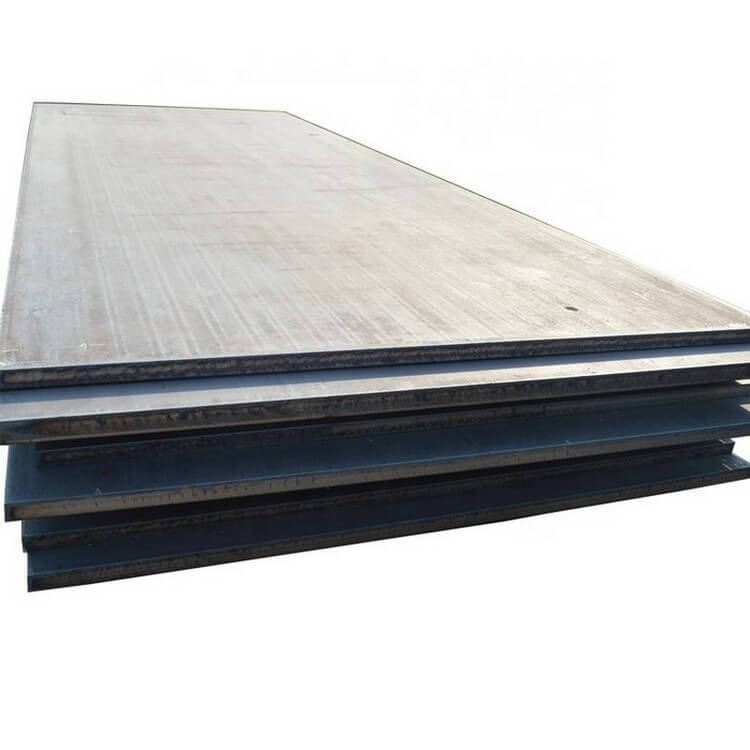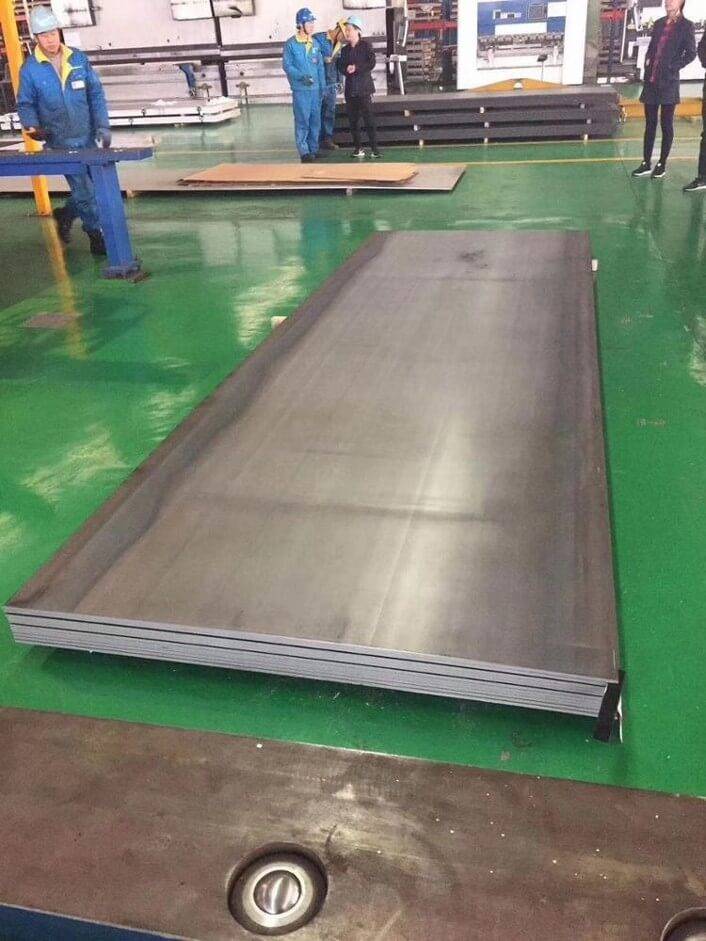
Now I will analyze what effect will the weathering steel plate have if the temperature is too high? I hope everyone has to help:
1. The growth and coarsening of weathering steel plate. The degree of roughening varies with the metal composition. Steel containing carbon, manganese, and phosphorus is easy to roughen, and aluminum, titanium, niobium, and zirconium can inhibit the roughening. Therefore, manganese and silicon deaminated steel are substantially coarse-grained steels. The temperature of the copper-aluminum alloy profile is too high and the coarse-grained structure appears.
2. Super weathering steel plate is easy to produce Widmanstatten mechanism. The metallographic structure of steel is thick fiber bundles, which are elongated. Widmanstatten mechanism also appeared in over-temperature copper and aluminum bronze. Widmanstatten mechanism destroys the plastic deformation more seriously than the over-temperature coarse-grain mechanism.
3. After over-temperature treatment, the austenite of the steel is thick, the retained austenite increases, and the strength is much lower than that of the fine austenite. The carbon and aluminum alloy elements in the steel will be over-temperature at over-temperature, and the reliability of ferrite will decrease. At normal temperature, ferrite cannot be completely transformed into austenite, and there is residual austenite in the steel. The austenite remains in the parts during use, causing special tool or part specifications to be deformed.
Retained austenite is distributed along the grain boundary, which makes the raw material ductile, sensitive to intergranularity, and reduces wear resistance. Steel, weather-resistant steel, and over-temperature not only increase the austenite residue, but also make polygonal martensite appear in the structure, resulting in a decrease in strength. Polygonal martensite has a low melting point, which can cause heat treatment cracks.
4. When the temperature of the weathering steel plate is too high, the amount of metallographic structure will increase, which will cause the strength of the steel to decrease during heat treatment, and the fracture toughness after quenching will decrease. During heat treatment, due to the different plastic deformations of several mechanisms, cracks are prone to occur. In addition, the metallographic structure is easily transformed into a σ phase, which makes the raw material ductile. When controlling the heating temperature and the high temperature stay, this kind of over-temperature mechanism can be prevented from appearing.
The above is the article shared by Kuaima Steel and you, I hope it can be helpful to you.


 Steel Plate
Steel Plate steel pipe
steel pipe Stainless steel
Stainless steel
 English
English Spanish
Spanish Russian
Russian Portuguese
Portuguese Section steel
Section steel carbon steel plate
carbon steel plate Steel plate processing
Steel plate processing steel coil
steel coil steel rod
steel rod
 Home
Home










